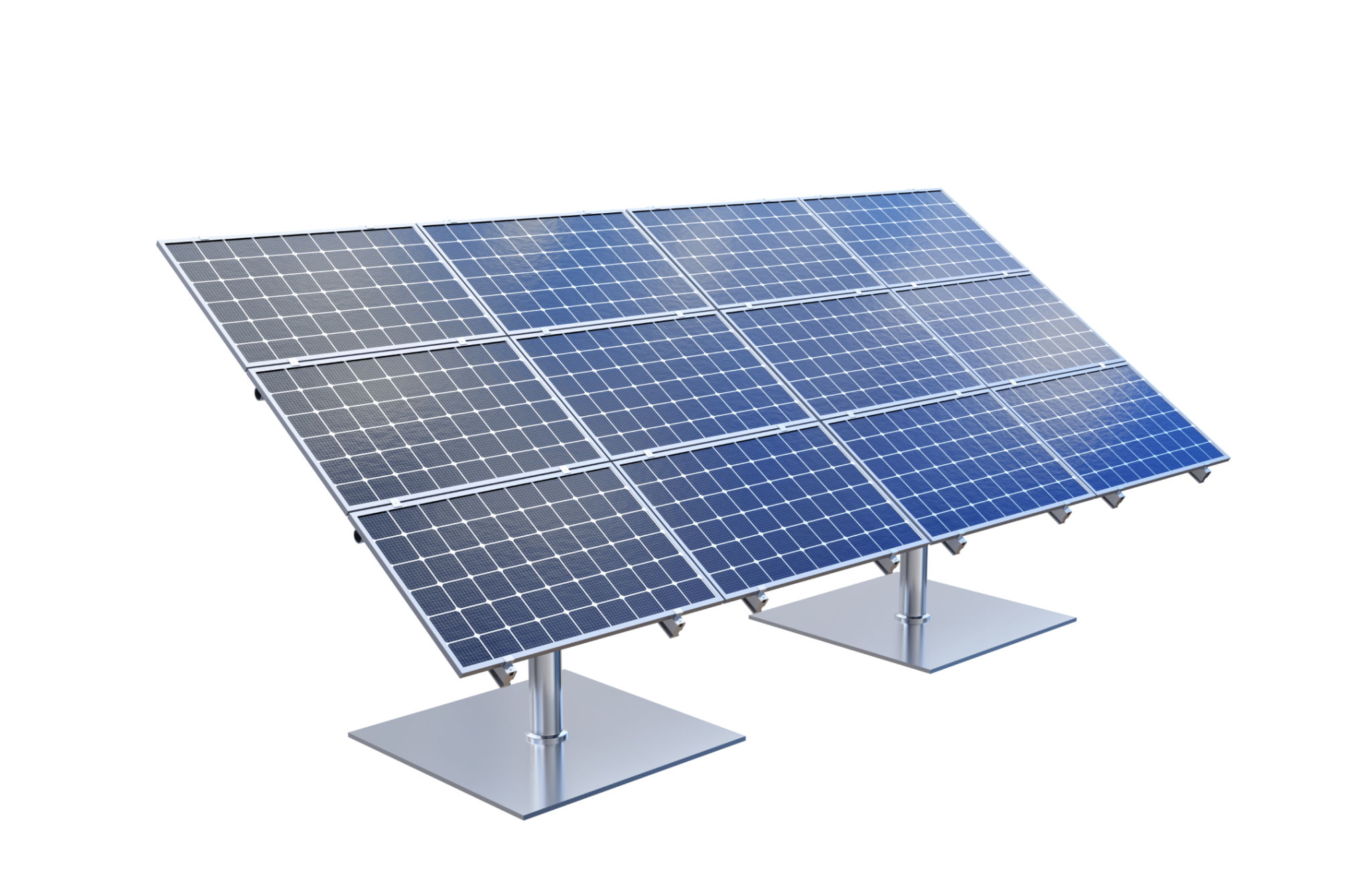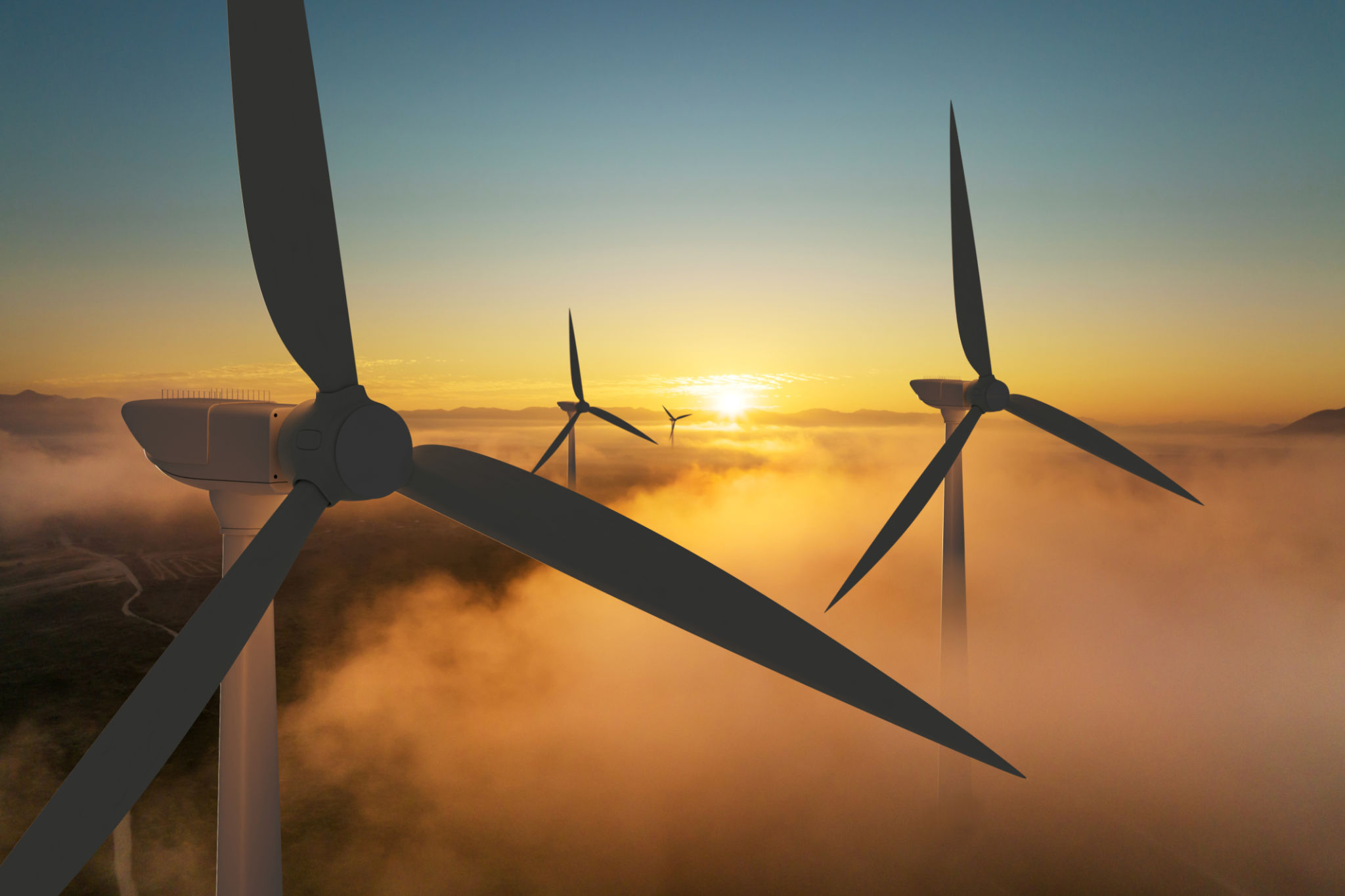Comparing Clean Energy Options: Solar vs. Wind Power for Your West Australian Home
Understanding Clean Energy Options
In recent years, the push towards sustainable living has brought clean energy options like solar and wind power to the forefront. For homeowners in Western Australia, selecting between these two renewable energy sources can significantly impact not only their carbon footprint but also their energy bills. This post explores the pros and cons of both solar and wind power to help you make an informed decision for your home.

Solar Power: Harnessing the Sun
Solar power systems capture sunlight and convert it into electricity using photovoltaic (PV) panels. In a sun-rich region like Western Australia, solar power is a lucrative option. The state enjoys an average of 8-10 hours of sunlight per day, making it ideal for solar energy generation.
Some of the benefits of installing solar panels include:
- Reduced energy bills: By generating your own electricity, you can significantly reduce your dependence on the grid.
- Low maintenance: Solar panels require minimal maintenance, with most systems lasting 25-30 years.
- Government incentives: Rebates and incentives can offset some of the initial installation costs.
Wind Power: Tapping into Breezes
Wind power operates by using turbines to capture the kinetic energy from the wind and convert it into electricity. While Western Australia has certain areas with strong wind patterns, especially along the coast, it's essential to consider if your property is well-suited for wind energy.
The advantages of wind power include:
- Consistent energy generation: Wind turbines can produce electricity day and night, as long as there is wind.
- Space-efficient: A single wind turbine can generate a significant amount of energy compared to solar panels occupying the same area.
- Long-term savings: Like solar, wind power can also lead to reduced electricity bills over time.

Factors to Consider When Choosing
When deciding between solar and wind power, several factors should be taken into account. Location plays a crucial role; while solar panels are effective in sunny areas, wind turbines require consistent gusts to operate efficiently. Assess the average sunlight and wind conditions at your location to determine which source might yield better results.
Additionally, consider the initial investment and installation requirements. Solar panels often have a higher upfront cost but are easier to install on existing structures like rooftops. On the other hand, wind turbines may require more space and structural support.
Environmental Impact
Both solar and wind power are environmentally friendly options that help reduce greenhouse gas emissions. However, they differ in terms of their ecological footprint. Solar panels are mostly silent and non-intrusive, whereas wind turbines can produce noise and visually impact the landscape. It's important to weigh these aspects based on your personal preferences and community guidelines.

Making Your Decision
The choice between solar and wind power ultimately depends on your specific circumstances and priorities. Consider conducting an energy audit of your home to understand your current consumption patterns. This analysis can guide you in estimating potential savings and determining which clean energy source will meet your needs most effectively.
If you're uncertain about which option suits your home best, consulting with local renewable energy experts can provide valuable insights tailored to your property and location. Taking the time to research and understand each option will ensure you make a decision that aligns with both your environmental goals and financial considerations.